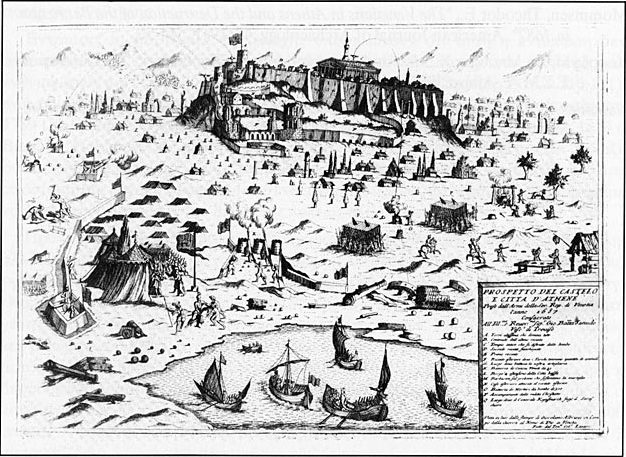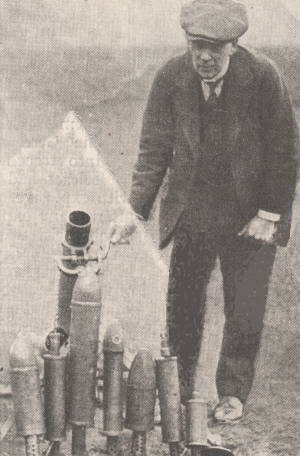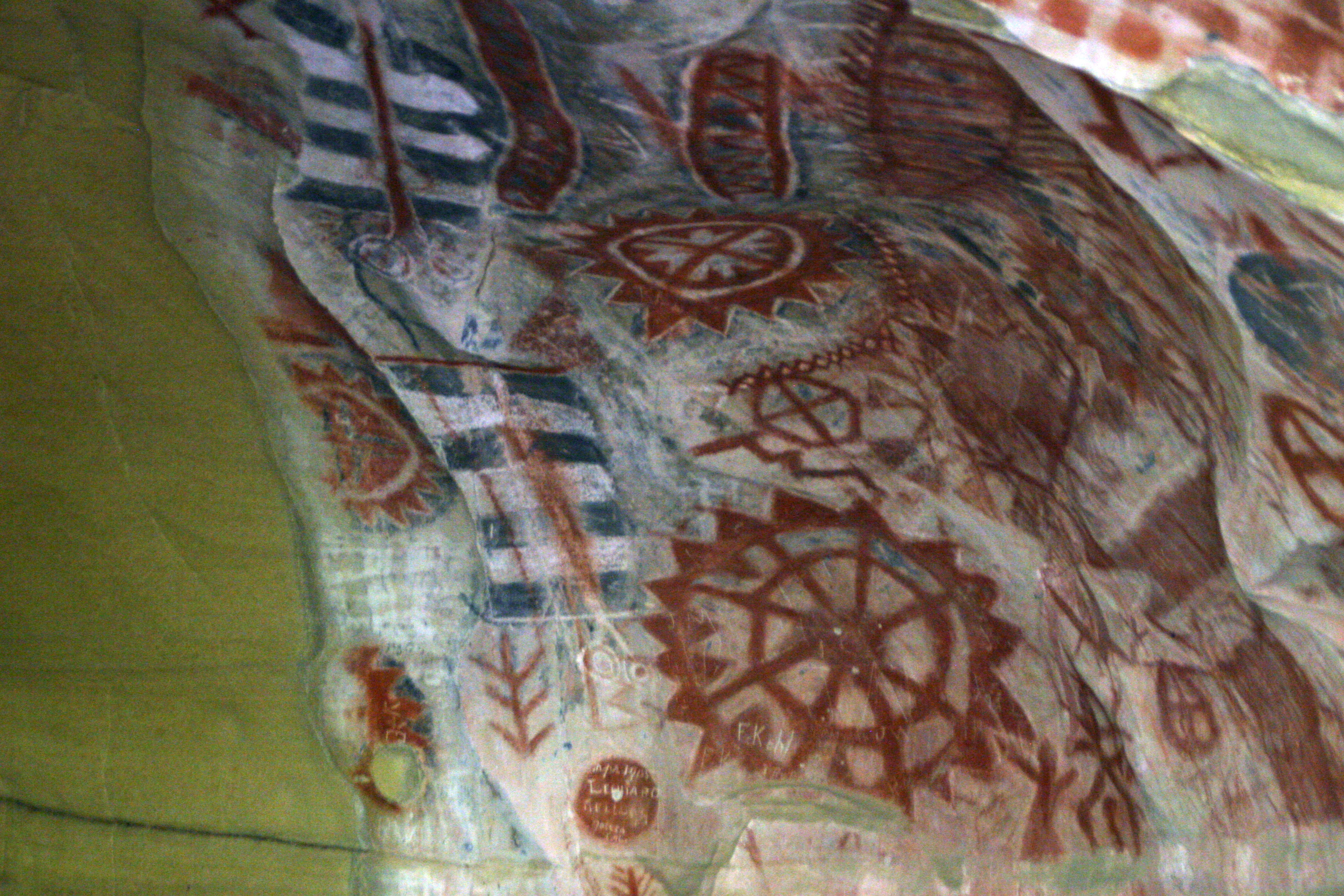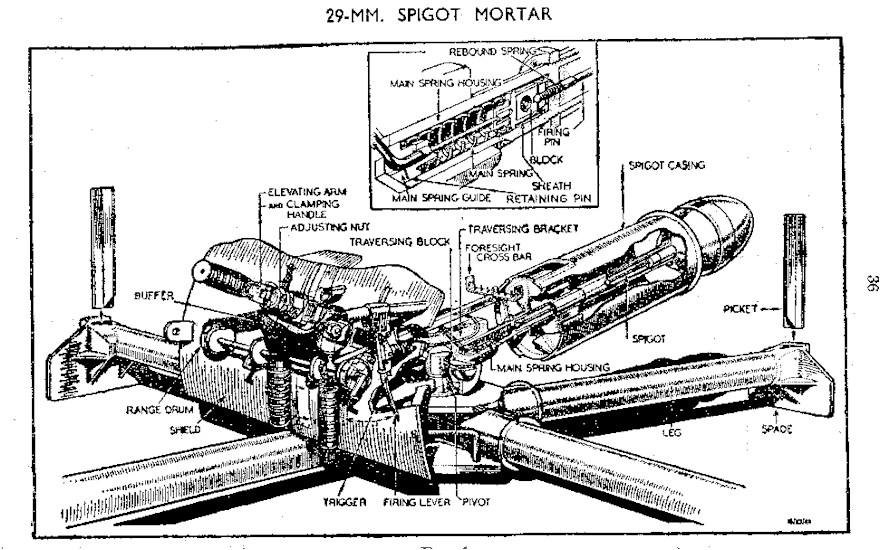|
Hedgehog (weapon)
The Hedgehog (also known as an ''Anti-Submarine Projector'') was a forward-throwing anti-submarine weapon that was used primarily during the Second World War. The device, which was developed by the Royal Navy, fired up to 24 spigot mortars ahead of a ship when attacking a U-boat. It was deployed on convoy escort warships such as destroyers and corvettes to supplement the depth charges. As the mortar projectiles employed contact fuzes rather than time or bathymetric (depth) fuzes, detonation occurred directly against a hard surface such as the hull of a submarine making it more deadly than depth charges, which relied on damage caused by hydrostatic shockwaves. During World War II out of 5,174 British depth charge attacks there were 85.5 kills, a ratio of 60.5 to 1. In comparison, the Hedgehog made 268 attacks for 47 kills, a ratio of 5.7 to 1. Development The "Hedgehog", so named because the empty rows of its launcher spigots resembled the spines on the back of a hedgeh ... [...More Info...] [...Related Items...] OR: [Wikipedia] [Google] [Baidu] |
Mortar (weapon)
A mortar today is usually a simple, lightweight, man-portable, Muzzleloader, muzzle-loaded cannon, consisting of a Smoothbore, smooth-bore (although some models use a Rifling, rifled barrel) metal tube fixed to a base plate (to spread out the recoil) with a lightweight bipod mount and a Sight (device), sight. Mortars are typically used as indirect fire weapons for close fire support with a variety of ammunition. Historically mortars were heavy Siege, siege artillery. Mortars launch explosive shell (projectile), shells (technically called Bomb, bombs) in high arching Projectile motion, ballistic trajectories. History Mortars have been used for hundreds of years. The earliest reported use of mortars was in Korea in a 1413 naval battle when Korean gunsmiths developed the ''wan'gu'' (gourd-shaped mortar) (완구, 碗口). The earliest version of the ''wan'gu'' dates back to 1407. Ch'oe Hae-san (1380–1443), the son of Ch'oe Mu-sŏn (1325–1395), is generally credited with inventi ... [...More Info...] [...Related Items...] OR: [Wikipedia] [Google] [Baidu] |
Spigot Mortar
A mortar today is usually a simple, lightweight, man-portable, muzzle-loaded cannon, consisting of a smooth-bore (although some models use a rifled barrel) metal tube fixed to a base plate (to spread out the recoil) with a lightweight bipod mount and a sight. Mortars are typically used as indirect fire weapons for close fire support with a variety of ammunition. Historically mortars were heavy siege artillery. Mortars launch explosive shells (technically called bombs) in high arching ballistic trajectories. History Mortars have been used for hundreds of years. The earliest reported use of mortars was in Korea in a 1413 naval battle when Korean gunsmiths developed the ''wan'gu'' (gourd-shaped mortar) (완구, 碗口). The earliest version of the ''wan'gu'' dates back to 1407. Ch'oe Hae-san (1380–1443), the son of Ch'oe Mu-sŏn (1325–1395), is generally credited with inventing the ''wan'gu''. In the Ming dynasty, general Qi Jiguang recorded the use of a mini cannon ... [...More Info...] [...Related Items...] OR: [Wikipedia] [Google] [Baidu] |
Anti-submarine Mortar
Anti-submarine mortars are artillery pieces deployed on ships for the purpose of sinking submarines by a direct hit with a small explosive charge. They are often larger versions of the Mortar (weapon), mortar used by infantry and fire a projectile in relatively the same manner. They were created during World War II as a development of the depth charge and work on the same principle. Beginnings Anti-submarine warfare did not become an issue of great concern until World War I, when Germany used submarines in an attempt to strangle British shipping in the Atlantic Ocean and elsewhere. The earliest way to counter a submarine was in the form of depth charges, which were large canisters filled with explosives, rolled off the back of a ship and detonated by a hydrostatic fuze. Depth charges served well throughout World War I but were not without flaws. A ship had to pass directly over a submarine to score an effective hit, and as such, depth charges were dropped in lines instead of mor ... [...More Info...] [...Related Items...] OR: [Wikipedia] [Google] [Baidu] |
Bathymetric
Bathymetry (; ) is the study of underwater depth of ocean floors ('' seabed topography''), river floors, or lake floors. In other words, bathymetry is the underwater equivalent to hypsometry or topography. The first recorded evidence of water depth measurements are from Ancient Egypt over 3000 years ago. Bathymetry has various uses including the production of bathymetric charts to guide vessels and identify underwater hazards, the study of marine life near the floor of water bodies, coastline analysis and ocean dynamics, including predicting currents and tides. Bathymetric charts (not to be confused with '' hydrographic charts''), are typically produced to support safety of surface or sub-surface navigation, and usually show seafloor relief or terrain as contour lines (called '' depth contours'' or '' isobaths'') and selected depths ('' soundings''), and typically also provide surface navigational information. Bathymetric maps (a more general term where navigational safety ... [...More Info...] [...Related Items...] OR: [Wikipedia] [Google] [Baidu] |
Ellipse
In mathematics, an ellipse is a plane curve surrounding two focus (geometry), focal points, such that for all points on the curve, the sum of the two distances to the focal points is a constant. It generalizes a circle, which is the special type of ellipse in which the two focal points are the same. The elongation of an ellipse is measured by its eccentricity (mathematics), eccentricity e, a number ranging from e = 0 (the Limiting case (mathematics), limiting case of a circle) to e = 1 (the limiting case of infinite elongation, no longer an ellipse but a parabola). An ellipse has a simple algebraic solution for its area, but for Perimeter of an ellipse, its perimeter (also known as circumference), Integral, integration is required to obtain an exact solution. The largest and smallest diameters of an ellipse, also known as its width and height, are typically denoted and . An ellipse has four extreme points: two ''Vertex (geometry), vertices'' at the endpoints of the major axis ... [...More Info...] [...Related Items...] OR: [Wikipedia] [Google] [Baidu] |
Circle
A circle is a shape consisting of all point (geometry), points in a plane (mathematics), plane that are at a given distance from a given point, the Centre (geometry), centre. The distance between any point of the circle and the centre is called the radius. The length of a line segment connecting two points on the circle and passing through the centre is called the diameter. A circle bounds a region of the plane called a Disk (mathematics), disc. The circle has been known since before the beginning of recorded history. Natural circles are common, such as the full moon or a slice of round fruit. The circle is the basis for the wheel, which, with related inventions such as gears, makes much of modern machinery possible. In mathematics, the study of the circle has helped inspire the development of geometry, astronomy and calculus. Terminology * Annulus (mathematics), Annulus: a ring-shaped object, the region bounded by two concentric circles. * Circular arc, Arc: any Connected ... [...More Info...] [...Related Items...] OR: [Wikipedia] [Google] [Baidu] |
Millis Jefferis
Major-General Sir Millis Rowland Jefferis KBE MC (9 January 1899 – 5 September 1963) was a British military officer who founded a special unit of the British Ministry of Supply which developed unusual weapons during the Second World War. Early career Born at Merstham, Surrey on 9 January 1899, Jefferis was educated at Tonbridge School and Royal Military Academy, Woolwich. From Woolwich he was commissioned into the Royal Engineers on 6 June 1918, during the final months of World War I, and after passing through the School of Military Engineering at Chatham, he was posted to the First Field Squadron RE in the British Army of the Rhine (BAOR).''Sir Millis Jefferis New Weapons of War (Obituary)''. ''The Times'', 7 September 1963 p10 column E. In 1920 he went to India and served with the Queen's Own Madras Sappers and Miners in the Third Field Troop at Sialkot. In 1922 he went into the Works Services in India as garrison engineer at Kohat and then at Khaisora which is tod ... [...More Info...] [...Related Items...] OR: [Wikipedia] [Google] [Baidu] |
MIR(c)
Ministry of Defence 1 (MD1), also known as "Churchill's Toyshop", was a British weapon research and development organisation of the Second World War. Its two key figures were Major Millis Jefferis and Stuart Macrae, former editor of ''Armchair Science'' magazine. History MD1 began in "Military Intelligence Research" (MIR). MIR was a department of the War Office set up in 1939 under Lt-Col Joe Holland RE. Holland was the General Staff Officer Grade 1 (GSO1) and brought in Jefferis, also a Royal Engineers sapper and explosives expert, with experience in India, as GSO2 to head MIR(c) a division of MIR that was to develop weapons for irregular warfare. Needing special magnets, Jefferis brought in Macrae initially as an outside contractor but later to be brought into uniform and serve as his deputy. Between them they produced the limpet mine, a timed explosive that could be stuck to the underside of a ship. started in a room at the War Office, Macrae initially secured offices and ... [...More Info...] [...Related Items...] OR: [Wikipedia] [Google] [Baidu] |
PIAT
The Projector, Infantry, Anti Tank (PIAT) Mk I was a British man-portable anti-tank weapon developed during the Second World War. The PIAT was designed in 1942 in response to the British Army's need for a more effective infantry anti-tank weapon and entered service in 1943. The PIAT was based on the spigot mortar system, and projected (launched) a 2.5 pound (1.1 kg) shaped charge bomb using a cartridge in the tail of the projectile. It possessed an effective range of approximately in a direct fire anti-tank role, and in an indirect fire role. The PIAT had several advantages over other infantry anti-tank weapons of the period: it had greatly increased penetration power over the previous anti-tank rifles, it had no back-blast which might reveal the position of the user or accidentally injure friendly soldiers around the user, and it was simple in construction. However, the device also had some disadvantages: powerful recoil, a difficulty in cocking the weapon, and early pro ... [...More Info...] [...Related Items...] OR: [Wikipedia] [Google] [Baidu] |
Blacker Bombard
The Blacker Bombard, also known as the 29-mm Spigot Mortar, was an infantry anti-tank weapon devised by Lieutenant-Colonel Stewart Blacker in the early years of the Second World War. Intended as a means to equip Home Guard units with an anti-tank weapon in case of German invasion, at a time of grave shortage of weapons, it was accepted only after the intervention of Churchill. Although there were doubts about the effectiveness of the Bombard, many were issued. Few, if any, saw combat. Development With the end of the Battle of France and the evacuation of the British Expeditionary Force from the port of Dunkirk between 26 May and 4 June 1940, a German invasion of Great Britain seemed likely. However, the British Army was not well-equipped to defend the country in such an event; in the weeks after the Dunkirk evacuation it could field only twenty-seven divisions.Lampe, p. 3 (The German Army had more than 100 divisions at that time.) The Army was particularly short of anti-tank ... [...More Info...] [...Related Items...] OR: [Wikipedia] [Google] [Baidu] |
Infantry
Infantry, or infantryman are a type of soldier who specialize in ground combat, typically fighting dismounted. Historically the term was used to describe foot soldiers, i.e. those who march and fight on foot. In modern usage, the term broadly encompasses a wide variety of subspecialties, including light infantry, irregular infantry, heavy infantry, mountain infantry, motorized infantry, mechanized infantry, Airborne forces, airborne infantry, Air assault, air assault infantry, and Marines, naval infantry. Other subtypes of infantry, such as line infantry and mounted infantry, were once commonplace but fell out of favor in the 1800s with the invention of more accurate and powerful weapons. Etymology and terminology In English, use of the term ''infantry'' began about the 1570s, describing soldiers who march and fight on foot. The word derives from Middle French , from older Italian (also Spanish) ''infanteria'' (foot soldiers too inexperienced for cavalry), from Latin '' ... [...More Info...] [...Related Items...] OR: [Wikipedia] [Google] [Baidu] |
Royal Artillery
The Royal Regiment of Artillery, commonly referred to as the Royal Artillery (RA) and colloquially known as "The Gunners", is one of two regiments that make up the artillery arm of the British Army. The Royal Regiment of Artillery comprises thirteen Regular Army regiments, King's Troop, Royal Horse Artillery, the King's Troop Royal Horse Artillery and five Army Reserve (United Kingdom), Army Reserve regiments. History Formation to 1799 Artillery was used by English troops as early as the Battle of Crécy in 1346, while Henry VIII established it as a semi-permanent function in the 16th century. Until the British Civil Wars, the majority of military units in Britain were raised for specific campaigns and disbanded when they were over. An exception were gunners based at the Tower of London, Portsmouth and other forts around Britain, who were controlled by the Ordnance Office and stored and maintained equipment and provided personnel for field artillery 'traynes' that were org ... [...More Info...] [...Related Items...] OR: [Wikipedia] [Google] [Baidu] |








